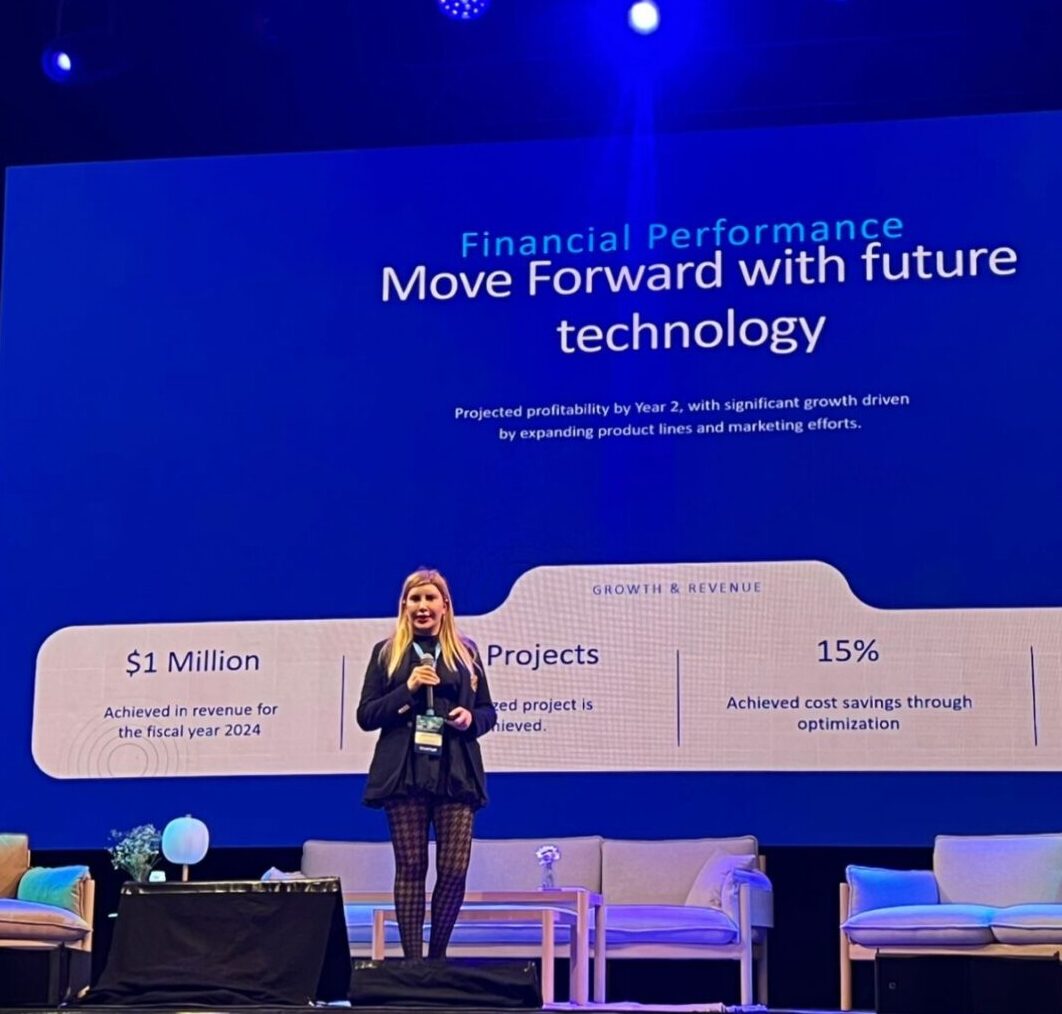Introduction
Robotics has revolutionized the manufacturing industry, bringing unprecedented levels of efficiency, precision, and innovation. The integration of advanced robotics and automation technologies continues to reshape manufacturing, helping companies stay competitive in a rapidly evolving market. This article delves into the latest trends, impacts, and future of robotics in manufacturing, emphasizing the critical role of automation in modern industrial settings.
Current Manufacturing Trends in Robotics and Automation
Robotics in manufacturing has evolved beyond simple automation. Today, technologies like Artificial Intelligence (AI), edge computing, and digital twins are redefining the manufacturing landscape:
- AI and Machine Learning Integration: AI is a driving force behind the next generation of robotics, enabling machines to perform complex tasks with human-like perception, adaptability, and learning capabilities. AI-enhanced robots can handle variations in products, adjust to changing environments, and optimize their operations autonomously, resulting in improved flexibility, quality, and reliability in manufacturing().
- Edge Computing: Manufacturing facilities increasingly leverage edge computing to process data closer to its source on the factory floor. This approach reduces delays, cuts costs, and enhances security compared to relying solely on cloud-based solutions. Edge computing also supports predictive maintenance and real-time decision-making, minimizing production downtime and improving overall operational efficiency().
- Digital Twins: Digital twins are virtual replicas of manufacturing processes that simulate real-time operations. They allow manufacturers to optimize production schedules, validate designs, and identify bottlenecks. The technology is crucial for enhancing efficiency, reducing costs, and supporting informed decision-making, making it an indispensable tool in modern manufacturing().
- Sustainability and Green Manufacturing: As the push for sustainability grows, robotics plays a vital role in reducing environmental impacts. Automation helps minimize resource consumption, reduce waste, and enhance energy efficiency. These sustainable practices not only lower operational costs but also align with global efforts to reduce carbon emissions.
Key Applications of Robotics in Manufacturing
Robotics applications in manufacturing are diverse, ranging from routine tasks to highly complex operations:
- Material Handling: Robots are employed for moving materials, parts, and finished goods within factories. This not only increases speed and efficiency but also enhances worker safety by handling hazardous tasks that could pose risks to humans.
- Assembly and Welding: AI-powered robots are now capable of precise assembly and welding operations, significantly reducing the likelihood of errors and enhancing product quality.
- Picking, Packing, and Palletizing: Automation in picking, packing, and palletizing accelerates the process, ensuring accuracy and consistency. Robots can handle various products and packaging styles, making them indispensable in high-volume production lines.
- Machine Loading and Unloading: Robots relieve workers from repetitive and physically demanding tasks of loading and unloading machines, enhancing overall productivity and reducing workplace injuries.
- Quality Control: Automated quality control robots use advanced sensors and machine learning algorithms to detect defects that human inspectors might miss, ensuring high standards of product quality.
The Challenges and Opportunities of Robotics Adoption
While robotics offers numerous benefits, the adoption of these technologies is not without challenges. High capital costs, lack of technical expertise, and integration complexities are significant barriers for many manufacturers. Despite these hurdles, the opportunity for technology providers is immense, particularly those that can offer integrated solutions, support maintenance, and provide full-service models like Robotics as a Service (RaaS). These approaches help lower the entry barriers, making advanced robotics accessible to smaller companies and helping them compete with larger players(
Future Outlook: What’s Next for Robotics in Manufacturing?
Looking ahead, the future of robotics in manufacturing is promising. With AI continuing to evolve, robotics will become even more intelligent, capable of executing complex tasks with minimal human intervention. The focus on integrating IT and Operational Technology (OT) will further streamline manufacturing processes, enabling manufacturers to make data-driven decisions and optimize their operations continuously.
Additionally, new materials and soft robotics technologies, such as flexible grippers, are expected to play a significant role in expanding the applications of robotics in industries like biomedicine, agriculture, and food processing. As these technologies mature, they will drive further automation adoption, reducing costs and enhancing operational capabilities.
Conclusion
The integration of robotics in manufacturing is not just a trend; it’s a transformative shift that is redefining how industries operate. From enhancing productivity and safety to driving sustainability and innovation, robotics is at the forefront of manufacturing’s future. As companies continue to invest in advanced automation technologies, the potential for growth and efficiency gains will only increase, setting the stage for a more competitive and sustainable manufacturing landscape.






